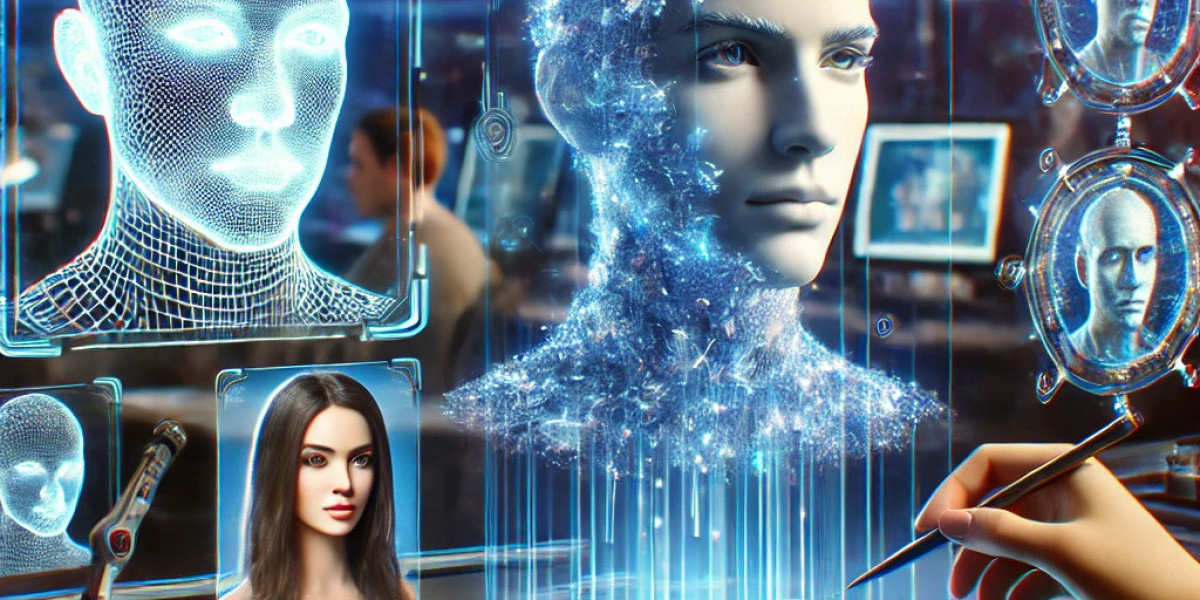The debate between AI chatbots and human support in customer service is increasingly significant. As businesses evolve, deciding how to balance automated and human interactions becomes critical. Here, I will examine the advantages and limitations of each and discuss how they can complement one another effectively.
The Role of AI Chatbots in Modern Customer Support
AI chatbots have transformed how companies interact with customers. They are programmed to handle a wide range of queries efficiently and quickly. Specifically, these bots excel at responding to frequently asked questions, offering 24/7 availability, and reducing operational costs. For instance:
Cost-Efficiency: Chatbots can manage thousands of interactions simultaneously, making them a cost-effective solution for businesses with high customer volumes.
Speed: They deliver immediate responses, minimizing wait times.
Consistency: Chatbots provide uniform answers, ensuring customers receive the same information every time.
Despite these strengths, chatbots are not flawless. Their ability to respond is only as good as the programming and data behind them. They can struggle with complex or nuanced queries, leaving customers feeling frustrated.
The Unparalleled Strength of Human Support
On the other hand, human agents bring emotional intelligence, critical thinking, and adaptability to customer support. Unlike chatbots, they can empathize with customers, address unique concerns, and make decisions beyond pre-set rules. For example:
Personalization: Human agents can tailor their responses based on the customer’s tone and situation.
Problem-Solving: They excel in handling complex or sensitive issues that require a nuanced approach.
Trust Building: Customers often feel reassured when speaking to a real person who understands their needs.
However, relying solely on human support can be costly and time-consuming. Businesses may face challenges like limited availability and inconsistent responses, depending on the agent’s expertise.
Combining AI Chatbots and Human Support for Maximum Efficiency
Rather than choosing between AI chatbots and human support, integrating the two can create a more robust customer service strategy. For example:
Chatbots as the First Line of Support: Bots can handle routine inquiries, freeing human agents to focus on more complicated issues.
Seamless Escalation: When chatbots cannot resolve a query, they can escalate it to a human agent with full context, ensuring a smooth transition.
Continuous Improvement: By analyzing chatbot interactions, businesses can identify common issues and train human agents to address them more effectively.
This approach not only improves efficiency but also ensures customers receive appropriate support based on their needs.
Limitations and Challenges of Chatbots
Although chatbots have advanced significantly, they are not without limitations. Key challenges include:
Lack of Empathy: Bots cannot understand emotions, which can lead to impersonal interactions.
Limited Understanding: They may fail to interpret complex language or cultural nuances.
Dependence on Programming: Chatbots rely heavily on predefined scripts, which can make them less adaptable.
These limitations highlight the importance of human support in situations requiring empathy and flexibility.
When Human Support Falls Short
While human agents provide unparalleled adaptability, they are not immune to drawbacks. Issues such as burnout, human error, and inconsistency can impact service quality. For instance:
Burnout: Handling high volumes of customer queries can lead to stress and decreased performance.
Inconsistencies: Different agents may offer varying solutions to the same problem.
Higher Costs: Maintaining a team of skilled agents can be expensive for businesses, particularly for small organizations.
Clearly, neither chatbots nor human agents can address every scenario alone. A collaborative approach is essential.
Practical Applications: Finding the Right Balance
So, how can businesses strike the right balance? Here are some strategies:
Define Clear Roles: Assign specific tasks to chatbots and human agents based on their strengths. For example, chatbots can handle repetitive questions, while humans tackle complex issues.
Invest in Training: Train human agents to collaborate with chatbots effectively and provide exceptional service when needed.
Leverage Data Insights: Use data from chatbot interactions to improve both automated and human support systems.
Monitor Customer Feedback: Regularly assess customer satisfaction to refine the balance between AI and human support.
Ethical Considerations in AI Chatbots
Incorporating AI in customer service also raises ethical concerns. For instance, customers should always be informed when interacting with a chatbot. Transparency builds trust and ensures a positive user experience. Additionally, data privacy is critical. Businesses must ensure that chatbot systems comply with privacy laws and protect user information.
Interestingly, chatbots have even found niche applications in unexpected areas. For example, in discussions around AI celebrity nudes, chatbots are often used to detect and block inappropriate or harmful content. This highlights their potential for promoting ethical standards and safeguarding online spaces.
Future Trends: What Lies Ahead?
The future of customer support lies in continuous innovation and collaboration between AI and human agents. Emerging trends include:
Advanced AI: Chatbots are becoming more sophisticated, with improved natural language processing and emotional intelligence capabilities.
Hybrid Models: Businesses are increasingly adopting hybrid systems that combine AI and human support for optimal efficiency.
Voice Assistants: AI-powered voice support is gaining popularity, offering a more interactive customer experience.
As technology evolves, the distinction between AI and human support may blur, creating seamless and intuitive customer interactions.
Conclusion
Striking the right balance between AI chatbots and human support is essential for effective customer service. While chatbots offer speed and efficiency, human agents provide empathy and problem-solving skills. By combining their strengths, businesses can deliver exceptional customer experiences. However, this requires continuous evaluation and adaptation to meet evolving customer expectations. Ultimately, the key lies in leveraging the best of both worlds to create a system that is not only efficient but also genuinely customer-centric.









